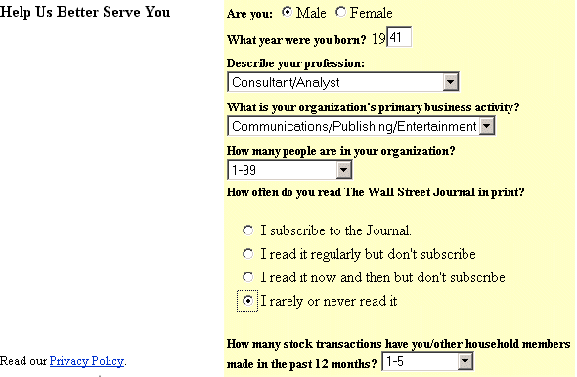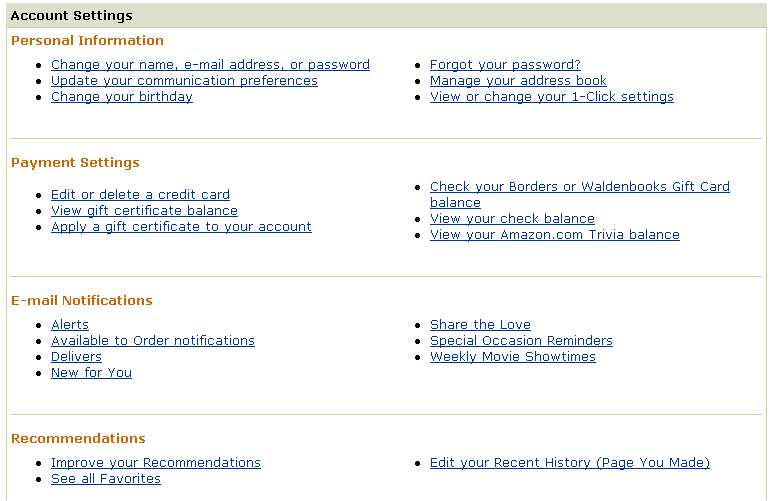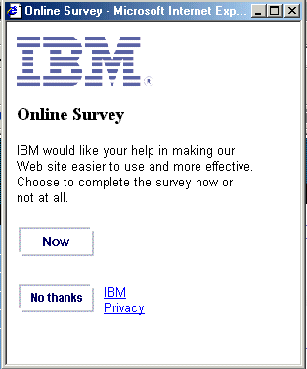How to profile:
Ask only the critical questions
Use a cookie to keep track of each person
Reward their effort immediately
Pull up records of previous interactions with the individual
Build a unified profile
To spot an individual, you must have a profile of each person. Don't require that people register, filling out the profile, before they can see your site. That's crazy. Instead, offer concrete benefits for filling out the form.
Ask only the critical questions.
Ask the ones that make a difference when you are deciding what group someone belongs to, and what individual characteristics could determine the right content for that person.
Almost everyone asks for information that populates MyAccount, or some such area, and fills boxes during the checkout process:
- Full name
- Shipping and billing addresses. (The ZIP code turns out to be the most revealing, because we have so much demographic data tied to ZIP codes. From that one fact, even without the street and city, we can tell your likely income, home size, leisure activities, purchasing patterns).
- Phone (in case you really need to call; if all your marketing group wants to do is make annoying calls, vote to nix this entry in the form.)
- Email address (ask twice and compare entries, to verify accuracy)
To figure out what kind of content to deliver, or promote, you may want to ask more personal questions about:
- Occupation
- Industry
- Number of people in your organization
- Age
- Income level
- Hobbies and interests
As you learn more about each group, you'll see what kind of information helps you distinguish between them.

Resource
Who am I writing for, and, incidentally, who am I? (Full chapter from Hot Text, in PDF, 566K, or about 10 minutes at 56k)




